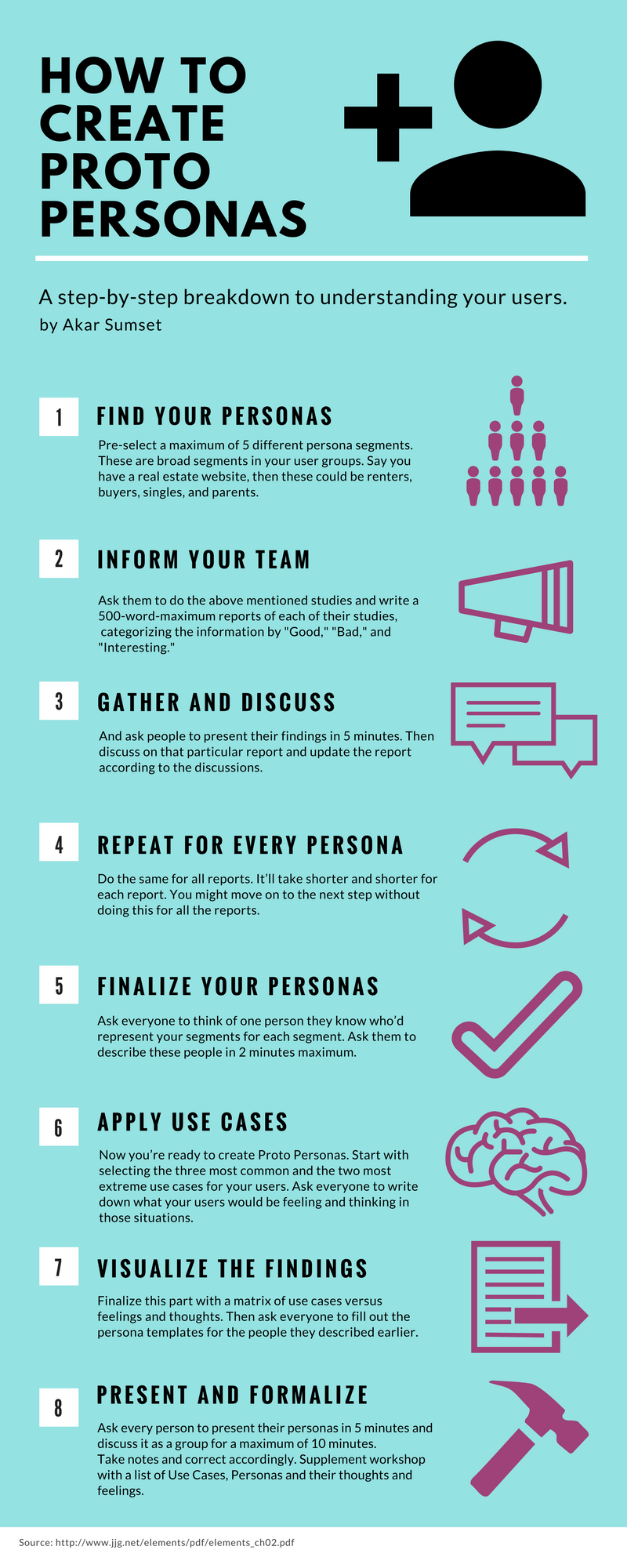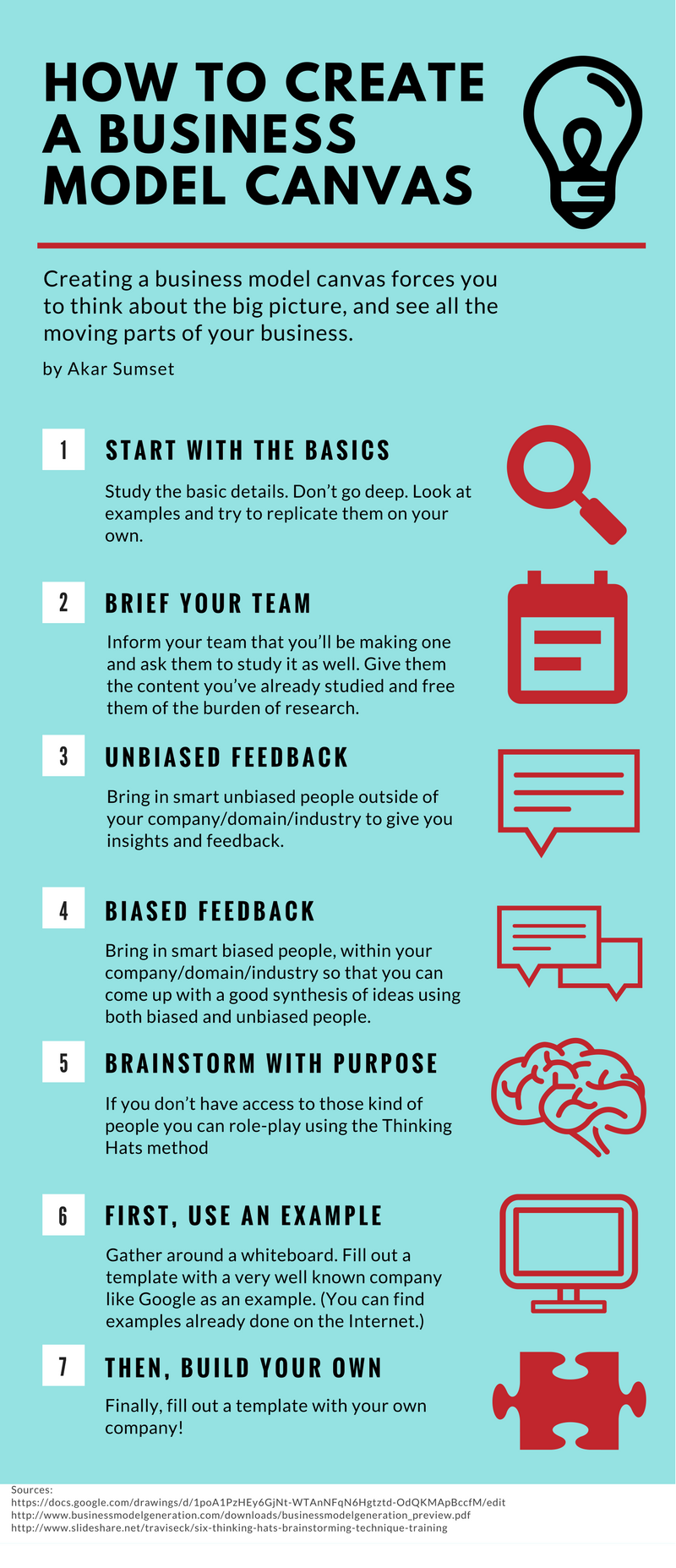This article is part of a series on how to build UX design for your startup by the head of UX for a global fintech company in Turkey.
As entrepreneurs, we have a lot of problems to tackle with very little resources and time. We don’t have time to listen to how we need all these resources to provide great user experience (UX), and how hard it is to actually do it even if we had the resources.
What we need is a set of easy to understand and easy to implement tools and tactics for building UX. And, of course, principles to guide us when we are in between choices.
User experience is literally the entirety of the experience our users have before, during, and after interacting with our products. Tweet This Quote
But first let’s clarify one very important thing. UX isn’t just about the interface design and how usable it is. Yes, these are critical elements but not the whole. User experience is literally the entirety of the experience our users have before, during, and after interacting with our products. It is the whole thing. And it is based on the user not the product, company or anything else.
This is relevant especially for startups because in the end, a startup is all about finding the pain points and then the solution for their users. Only then we can think of growth, monetization, exit etc. First, we should focus on the user and the experience we’ll provide for them.
The series will be based on J.J. Garrett’s 5 Planes of UX Design model. It is a great guide to structure our thinking, and an awesome tool to make sure our activities are in line with our goals. Let’s start with the strategy.
Like most management vocabulary, the word “strategy” has its roots in military. It means an overall plan to defeat an enemy or reach a goal. In terms of UX design, we’ll refer to strategy as a set of guiding information about:
- Our users
- Our business
- Our competitors
- The market we are in
- The brand we’re trying to build
By collecting and framing this information, we will have a much better understanding of our business, users and the market. Additionally, by collaborating with our team, we will make the best use of the resources we have, and build cohesion.
Understanding Your Users
When it comes to users, starting with the Proto Persona exercise is a great way to understand who they are. Basically, Proto Persona means creating personas in-house instead of using field studies, ethnography etc.
UX is relevant especially for startups because in the end, it is all about finding the pain points and then the solution for their users. Tweet This Quote
Obviously, it is not as good as the field study alternative, but it has a great ROI if you have people around you who are like your personas, are one of your personas, and can openly discuss and utilize dialectical thinking.
Even if you don’t have any of the above, you still can create Proto Personas if you research user behavior on platforms like nngroup, Baymard, Google Scholar, CBInsights, fivethirtyeight etc, select five of your most popular competitors and use them for a week or so, or research benchmarks on your competitors.
By doing this you’ll develop a deeper understanding about your users and become ready to create Proto Personas.
Here you can find useful Google Sheets templates for above mentioned techniques.
Understanding Your Business
During my time at Startupbootcamp as a program manager, I interviewed at least 200 startups. You wouldn’t believe how many of them were unaware of the basics of their business. As a “product guy” I definitely favor focusing on the need / problem before any attempt for monetization. But, this doesn’t necessarily mean that we shouldn’t contemplate how the company would operate once we’re ready to scale.
A very efficient and fun way to understand our own business is working on a Business Model Canvas. Creating a business model canvas forces you to think about the big picture, and see all the moving parts.
Business and users are the very core of our strategy and by spending just three to five days in total, you’ll gather a lot of information, generate insights and most importantly build trust and focus your people around a common understanding.
Of course that is not all when it comes to strategy. The next article in series will cover competitors, market and brand positioning and complete the picture. Now go ahead and start working. Trust the process and it will reward you greatly!





